Are ruminants affected by Mycotoxins?
The presence of Mycotoxins in feed influences animal growth and in case of ruminants in particular on the quality of milk.
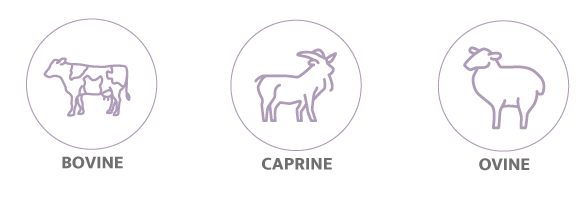
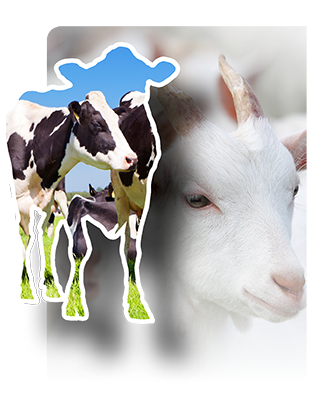

What types of mycotoxin mainly affect Ruminants animals?
The intoxications produced by Mycotoxins can be acute, subacute or chronic, since their effects depend on the dose received and the time of exposure and, logically, on the toxin involved.
- Aflatoxins: (AFB1, AFB2, AFG1, AFG2)
- Ochratoxin A : (OTA) and Citrinin
- Trichothecenes: Group A: Toxin T-2
Group B: Doxynivalenol (DON or also vomitoxin) - Zearalenone- Fumonisins: (FB1, FB2)

At what stage of Ruminants production Mycotoxins generate most problems?
In dairy production, one of the biggest risk comes from dairy cattle feed with AFB1 contaminated feed and it results in milk contaminated with Aflatoxin M1 (AFM1).
Aflatoxin B1 is metabolized by enzymes found primarily in the liver to AFM1 which is excreted through urine and milk.
In addition, ruminant livestock is also affected by zearalenone and trichothecenes, while being poorly sensitive to ochratoxin A.
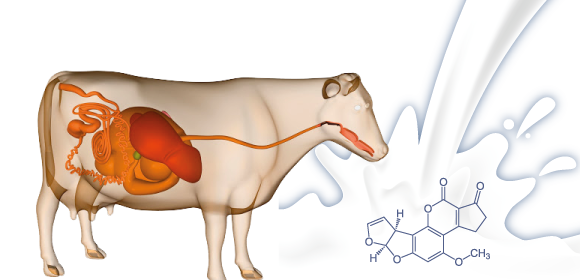

Which organs Mycotoxins affect and what are the pathologies produced?
Aflatoxins
(AFB1, AFB2, AFG1 AFG2)
- Carcinogenic effects
- Hepatic injury
- Decrease in milk production
- Poor alimentation efficiency
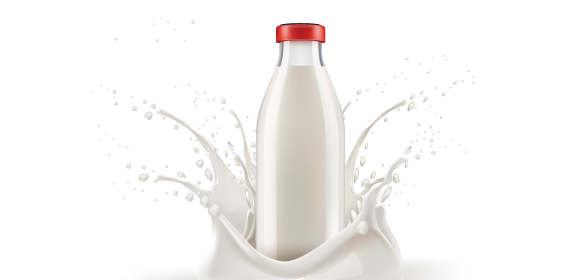
Ochratoxin A (OTA)
Reduced sensitivity to ochratoxin
Trichothecenes Type A (TOXIN T2)
- Immunosuppression in calves
- Decrease in milk production
- Decreased protein content of milk
- Lower intake
Zearalenone
- Decrease in milk production
- Infertility
- Reproductive disorders
- Decreased food intake
Fumonisins (FB1, FB2)
- Histological lesions of severe interlobular pulmonary edema
- Liver apoptosis and biliary retention
- Increased serum levels of AST, GGT and bilirubin

In which raw materials do we find main Mycotoxins affecting Ruminants?
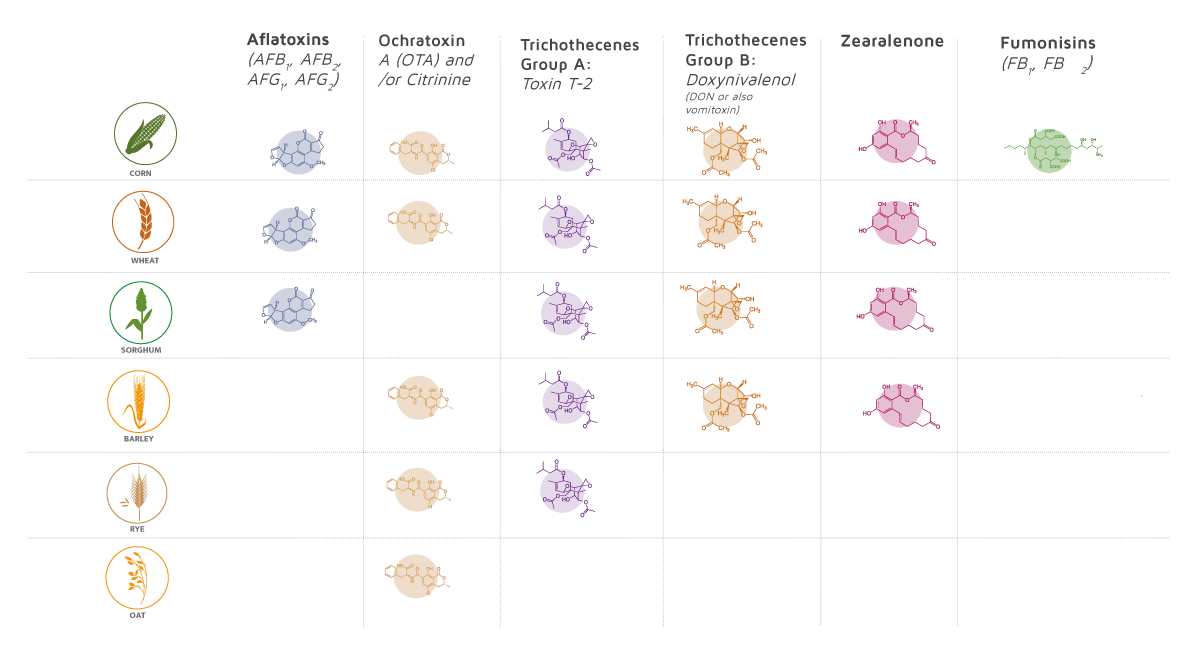

What detection methods are used to detect Mycotoxins in feed for Ruminants?
Mycotoxins in feed are commonly detected and quantified using antibody-based assays and chromatography techniques.
ELISA test
The enzyme-linked immunosorbent assay (ELISA) is an antibody-based assay that is commonly used for mycotoxins detection.
There are several commercial ELISA kits available for aflatoxins, deoxynivalenol, fumonisins, ochratoxins and zearalenone.
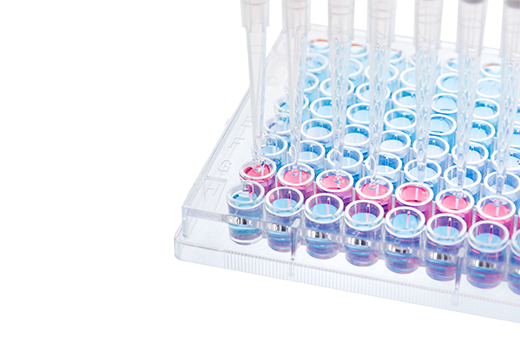
Chromatography and Spectrometry ( HPLC , GG/MS and LC-MS/MS)
High performance liquid chromatography (HPLC) and gas chromatography/mass spectrometry (GC/MS) are two of the most commonly used methods for the detection and quantification of Mycotoxins.
HPLC and GC/MS, apart from having detection limit of < 0.05 ppm for many Mycotoxins, also require expensive equipment and technical support.
LC-MS/MS is a technique that can analyse all Mycotoxins, with increased sensitivity, precision and reproducibility.
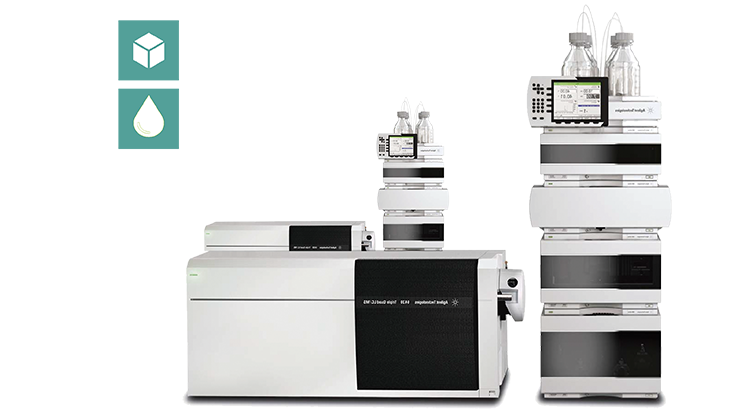

How do we prevent from and/or fight against Mycotoxins in Ruminants?
Handling mycotoxin contamination and health consequences in animal production pose increasing challenges for food security and safety systems of the consumer.
In addition to controlling temperature and humidity using aeration, it is advisable to use fungal inhibitors and to use protection against damage caused by insects and rodents.
Despite all the efforts made in order to reduce the level of Mycotoxins in feed ingredients, there is always a certain degree of contamination that may pose a risk to livestock animals.

Mycotoxins are always present, at least in small amounts, and the effects of the presence of those small amounts of diverse Mycotoxins results in synergitics effects that can be greater than the sum of the individual effects that we have described for each type of mycotoxin.
Prevention against Mycotoxins, is necessary and the use of detoxifying or adsorbing agents in Ruminants rations is essential.
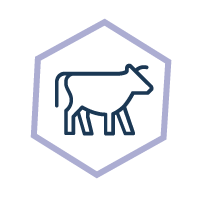



 Micotoxicosis prevention
Micotoxicosis prevention